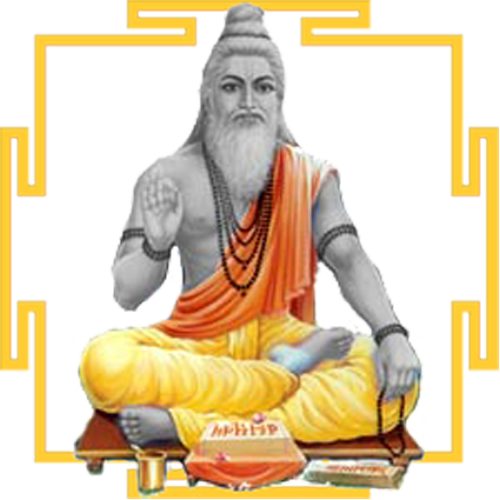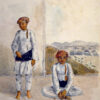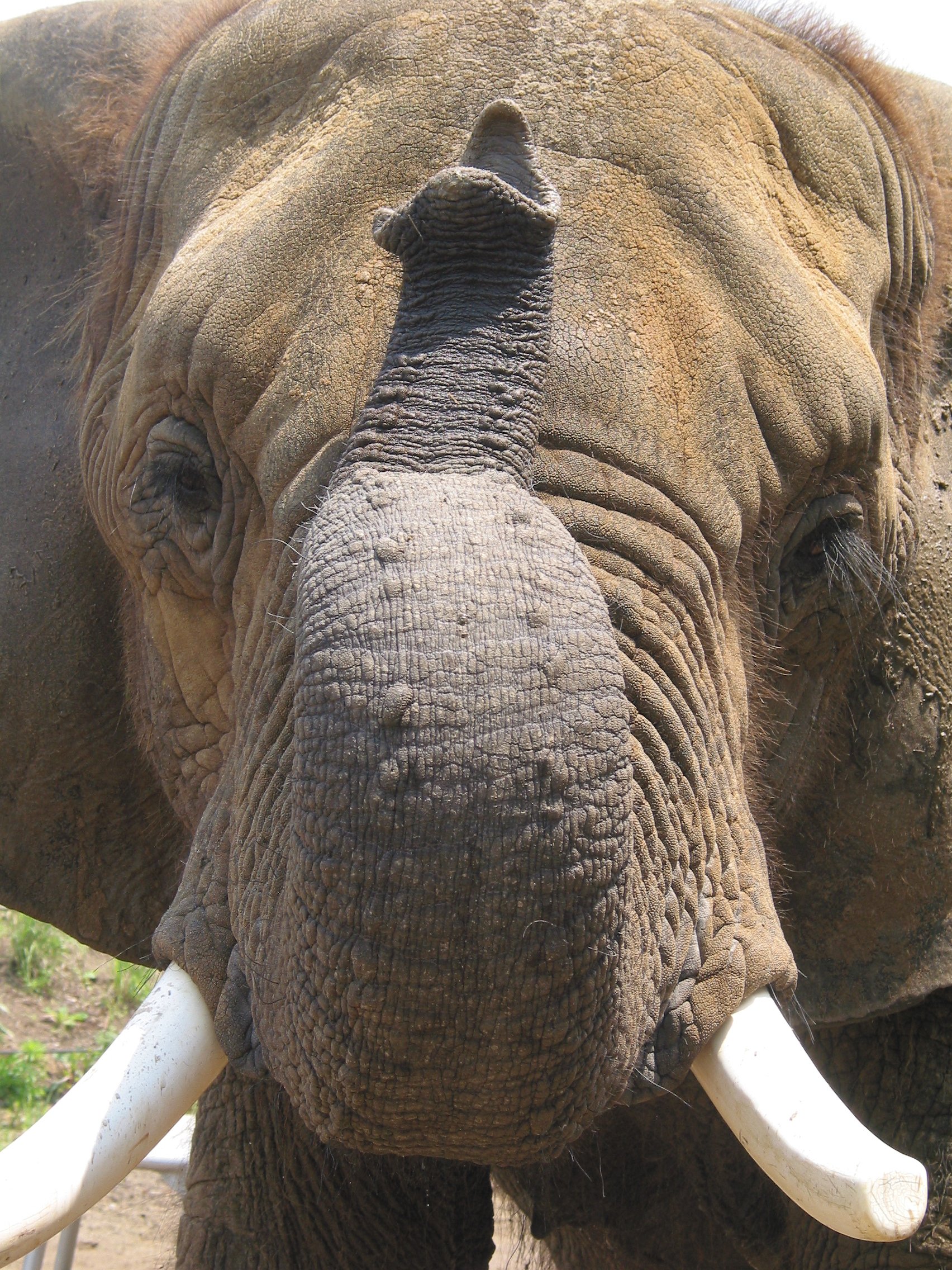ॐ गुरवे नमः
Welcome to PJC Year-2A
Welcome to the second year of the Parāśara Jyotiṣa Course which is divided into two academic years – PJC Year-2A and PJC Year-2B, i.e. two…
Aum initiation Slides
Om Gurve Namaha Initiation is very important, you will be initiated an mantra which is an critical mantra taught by Adi- Shankaracharya. This mantra is…
Nitin Bhanap
nbhanap@gmail.com +19195392537 Nitin Bhanap is an IT professional turned Vedic astrologer by the grace of Guruji (Pt. Sanjay Rath). Nitin is originally from Bombay, Maharashtra…
Kaartik Gor
kaartik@kaartikgor.com +971555532511 www.kaartikgor.com Kaartik Gor is a professional Vedic Astrologer, originally from Somnath, Gujarat and now based in Dubai. Kaartik comes from a family of…
PJC-2A Navamsa WS 104
This time we study combinations that make marriage very difficult or relationships very painful. What karma shows this and why? What is the meaning of dusthana with respect to marriage and relationships. What yogas can guarantee this suffering? What enforces moving away from home after marriage? Is is better to move away to have some happiness?? How do we see this?
- Please Note

We have a new website for PJC Year-2. Please bookmark this page. It uses the stable wordpress software and by now most of you would have received login information. If you have not joined this course and have received login information, please inform me or delete your account. I expect at least this much honesty from students I teach. Please do not start writing a book by transcribing my teachings. If that is not theft of intellectual knowledge, then what is? In the past I have students who have done exactly that. Some even just took the images and put them in their books. I will not say a word – my words are precious for me, and perhaps for some of you. Therefore I do not waste them in cursing or abusing. I just turn away and leave everything to Śiva. If you are a member of PJC Year-2 and have not received your login information, please visit the website and create an account. Thereafter, inform me to add you to the course. The lessons from the old PJC-Y2 website have been added. If you find that a lesson is missing, please inform me. If you have downloaded the old lesson, please forward it to me so that I can add it easily instead of having to search 1.5 TB document folder in my computer. Himalaya Classes: The first day of the Himalaya Class with the Parāśara Mantra has been added to the website. You need to login and then a new menu will appear called “Members”. Look for Members > Initiation menu with an open lock icon. This contains three slide presentations titled AUṀ, Varga Concepts and Varga Viveka. It will take you a month to digest the knowledge contained in those slides. Take your time but do get these foundations right and you must practise. Try this on your chart and maybe a few more charts. After you have understood and digested all the knowledge in these lessons, then enter Varga > Rāśi etc. With these words, we wish you the best in your studies. śrī kṛṣṇa arpaṇamastu
- Theory of Divisions

The divisions of the signs and the construction of Divisional charts from them are based on certain principles and bear certain characteristics. Principle of equal span The divisions of the signs are normally equal in size except for two very high divisions (Nāḍi and Ardha Nāḍi aṁśa i.e. the D-150 and D-300). For example, the Navāṁśa is the one-ninth division of a sign i.e. 1/9th portion of 30° = 3°20’. The span of every Navāṁśa is 3°20’ arc. This uniformity continues in all divisions except in the Nāḍi-aṁśa, which is based on the principle of Chandra Kala Nāḍi[1]. However, scholars are divided in this issue and a majority feels that the principle of equal span for all divisions is based on the mapping of time divisions with the divisions in geocentric zodiac and this will invariably produce uniformity in the size of the divisions. This issue has been discussed under Nāḍiāṁśa and the principle of equal span has been followed in all other divisions. The only Parāśara ṣoḍaśa varga that falls into the category of unequal divisions in the broad view is the trimśāṁśa (D30 Chart). Trimśāṁśa means 1° [1 rāśi ÷30 parts = 30°÷ 30= 1°] but the Parāśara trimśāṁśa works at the level of the tattva afflictions and has five spans of 5°+5°+7°+8°+5°. This is basically the ṣaṣṭāṁśa D6 chart of six equal 5° spans, converted into five unequal spans. Regular and irregular ownership The reckoning of the ownership of the divisions is normally regular in that the first division of a succeeding sign is in continuity with the last division ownership of the preceding sign. For example, the last Navāṁśa of Aries is Sagittarius and Taurus succeeds Aries. The first Navāṁśa of Taurus is Capricorn which is the sign following Sagittarius in the regular order of reckoning. Thus, the Navāṁśa is a regular division. However, the last Dasāṁśa of Aries is Capricorn and the first Dasāṁśa of Taurus is also Capricorn. Thus, the ownership of the Dasāṁśa divisions is not regular when proceeding from one sign to another. Hence, the Dasāṁśa is an irregular division. The exceptions have been explained in each of the subsequent chapters. Kalyāṇavermā mathematical model Kalyāṇavermā has given a simple mathematical model for determining the number of divisions advanced by any planet (or Lagna) in a sign. It maybe noted that this model merely helps to calculate the number of divisions advanced and the number arrived at finally is not the sign number (as has been erroneously used by some astrologers). लिप्तानामष्टादशशतानि परिवर्तनैः स्वगृहात्॥ liptānāmaṣṭādaśaśatāni parivartanaiḥ svagṛhāt|| 3|17 Translation: …Each Rāśi has 1800 Kala[2] [since 30° x 60’ = 1800’]. लग्नादिनां लिप्ता ज्ञेयाः स्वगृहादिवर्गसंगरिपताः। अष्टादशशतभक्ता लब्धः स्यादीषिसतो वर्गः॥ ३।१८ lagnādināṁ liptā jñeyāḥ svagṛhādivargasaṁgaripatāḥ| aṣṭādaśaśatabhaktā labdhaḥ syādīṣisato vargaḥ|| 3|18 To calculate the number of divisions advanced by any planet/Lagna its longitude (irrespective of signs) is converted into minutes of arc, multiplied by the D-Chart number and divided by 1800 (the total longitude of a sign). The quotient is converted into the next higher integer (irrespective of whether the remainder is more or less than half). Illustration: Calculate the Horā (D-2), Drekkāṇa (D-3), Navāṁśa (D-9) and Dasāṁśa (D-10) of Jupiter placed at 26007’ in Pisces. Step-1: Ignoring the sign placement in Pisces, we have the longitude as 26007’ = (26 x 60) + 7 = 1567’ Step-2: Multiply the longitude (1567’) by the D-Chart Number and divide by 1800. Step-3: Whatever be the remainder, convert it to the next higher integer. This gives the division it is placed in. Longitude × Division ÷ 1800 = Next Integer Jupiter is in the… 1567 × 2÷1800 1.741 2.000 2nd Horā of Pi 1567 × 3÷1800 2.612 3.000 3rd Drekkāṇa of Pi 1567 × 9÷1800 7.835 8.000 8th Navāṁśa of Pi 1567 × 10÷1800 8.706 9.000 9th Dasāṁśa of Pi Illustration: Determine the ṣoḍaśavarga of the Lagna having a longitude of 15°31’23” in Cancer. Step-1: Longitude = 15°31’ 23” Converted to Minutes = 931.3833 Step-2 Step-3 Varga D-Chart Long x D Integer Lagna is in.. 1800 Horā 2 1.03487 2 2 Horā of Cancer Drekkāṇa 3 1.552306 2 2 Drekkāṇa of Cancer Turyāṁśa 4 2.069741 3 3 Turyāṁśa of Cancer Saptāṁśa 7 3.622046 4 4 Saptāṁśa of Cancer Navāṁśa 9 4.656917 5 5 Navāṁśa of Cancer Dasāṁśa 10 5.174352 6 6 Dasāṁśa of Cancer Sūryāṁśa 12 6.209222 7 7 Sūryāṁśa of Cancer Ṣoḍaśāṁśa 16 8.278963 9 9 Ṣoḍaśāṁśa of Cancer Vimśāṁśa 20 10.3487 11 11 Vimśāṁśa of Cancer Siddhāṁśa 24 12.41844 13 13 Siddhāṁśa of Cancer Bhāṁśa 27 13.97075 14 14 Bhāṁśa of Cancer Trimśāṁśa 30 15.52306 16 16 Trimśāṁśa of Cancer Khavedāṁśa 40 20.6974 21 21 Khavedāṁśa of Cancer Akṣavedāṁśa 45 23.2845 24 24 Akṣavedāṁśa of Cancer ṣaṣṭiāṁśa 60 31.0461 32 32 ṣaṣṭiāṁśa of Cancer Microscopic view of specific house in Rāśi Chart The Rāśi chart is the body of the native and shows how he shall view this world and shall react to the various inputs from the environment. Other divisional charts as like a microscopic magnification of one of the aspects dealt with one specific house (at least) in the Rāśi Chart. For example, the Dasāṁśa (D-10 Chart) shows the working environment of the individual and his career. In the Rāśi Chart, the same is examined from the tenth house. Thus, the tenth house in the Rāśi chart has expanded into another complete chart making the examination of events easier. Such a simultaneous examination of the Rāśi Chart and any individual D-Chart is called the microscopic examination and essentially reveals hidden attributes and ways in which the native shall react to the inputs coming from the specific environment. Independent view The Divisional charts are independent aspects of the environment and hence, can be examined independent of the Rāśi Chart as well. Such an independent examination reveals details of how the matters concerned exist, influence and change with time. It shows the changes in the environment itself. Whether a person is on leave or holiday, his office may continue to function and people may continue […]
- Wearing Gemstones
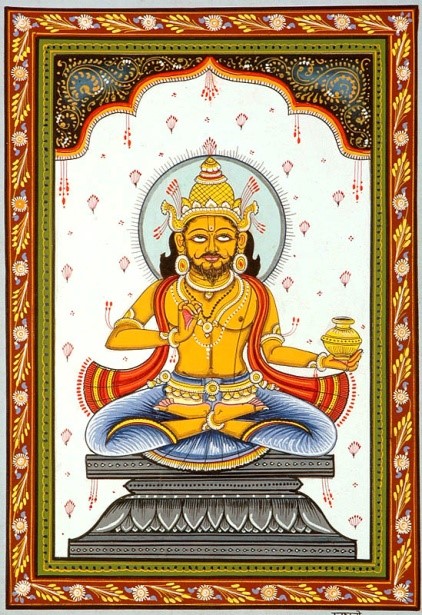
Sapphire Illustration Process of energizing Yellow Sapphire ring Direction : North – East Weekday : Thursday Color : Yellow (Turmeric) Metal : Gold Gemstone : Yellow Sapphire, Yellow Topaz Fruit : Banana, Mango [Yellow] Flower : White Flowers Food : Rice mixed with Bengal Gram Incense: Champa Prāṇāyāma Instruction: This is to be done 10 (ten) times. Breathe in and recite mentally ॐ भू: । ॐ भुवः॒ । ॐ स्वः । ॐ महः । ॐ जनः । ॐ तपः । ॐ सत्यम । om bhūḥ| om bhuvaḥ| om svaḥ| om mahaḥ| om janaḥ| om tapaḥ| om satyam| Hold Breath pressing nostrils with ring finger and thumb and recite mentally तत् सवितुर्वरेण्यं भर्गो देवस्य धीमहि। धियो यो नः प्रचोदयात्॥ tat saviturvareṇyaṁ bhargo devasya dhīmahi| dhiyo yo naḥ pracodayāt|| Breathe out and recite mentally ॐ अपो ज्योतिः रसोऽमृतं ब्रह्म। भूर्भुवस्स्वरोम्॥ om apo jyotiḥ raso’mṛtaṁ brahma| bhūrbhuvassvarom|| Pañca Upacāra Pūjā Instruction: Either do this pūjā mentally or physically with Śiva liñga or both. Step 1: Rub the ring finger with the thumb from the base to the tip, both hands. As you rub, recite this mantra and imagine all the heavenly waters of the celestial Ganges being offered to Lord Śiva. [Offer water on Śiva Liñga] वं अपात्मना जलम् कल्पयामि vaṁ apātmanā jalam kalpayāmi Step 2: Rub the little finger with thumb base to tip, reciting the following mantra. Imagine that you are offering all that is sweet-smelling (particularly sandalwood paste) to Lord Śiva. [Offer a leaf touched with sandal paste to Śiva Liñga] लं प्रिथिव्यात्मना गन्धम् कल्पयामि। laṁ prithivyātmanā gandham kalpayāmi| Step 3: Rub the thumb from the base up with the index finger, reciting the following mantra. Imagine that you are offering the best most beautiful and sweet smelling flowers to Lord Śiva. [Offer a flower to Śiva Liñga] हं आकाशात्मना पुष्पम् कल्पयमि haṁ ākāśātmanā puṣpam kalpayami Step 4: Rub the index finger with thumb base to tip, reciting the following mantra. Imagine that you are offering the best incenses in form of sweet- smelling smoke to Lord Śiva. [Offer incense to Śiva Liñga] यं वाय्वात्मना धोपम् कल्पयामि yaṁ vāyvātmanā dhoopam kalpayāmi Step 5: Rub the middle finger with thumb base to tip, reciting the following mantra. Imagine that you are offering the lamp to Lord Śiva and the darkness of ignorance being removed by this Divine Light. [Offer ghee lamp to Śiva Liñga] रं वह्न्यात्मना दीपम् कल्पयमि। raṁ vahnyātmanā dīpam kalpayami| Step 6: Rub the ring finger with the thumb from the base to the tip, both hands. As you rub, recite this mantra and imagine all the best fruits are being offered to Lord Śiva. [Offer fruit near Śiva Liñga] वं अमृतात्मना नैवेद्यम् कल्पयामि। vaṁ amṛtātmanā naivedyam kalpayāmi Dhyāna Mantra Instruction: This is to be recited 1 (one) times देवानां च ऋषीणां च गुरुं काञ्चनसंनिभम्। बुद्धिभूतं त्रिलोकेशं तं नमामि बृहस्पतिम्॥ ५॥ devānāṁ ca ṛṣīṇāṁ ca guruṁ kāñcanasaṁnibham | buddhibhūtaṁ trilokeśaṁ taṁ namāmi bṛhaspatim || 5|| Meaning: I pray to Bṛhaspati (Jupiter God), the teacher of gods and ṛṣi, intellect incarnate, lord of the three worlds. Bṛhaspati Gāyatrī Mantra Instruction: This is to be recited 108 times ॐ तत्सत् | वृषभं चर्षणीनां विश्वरूपमदाभ्यम्। बृहस्पतिंवरेण्यम्॥ om tatsat | vṛṣabhaṁ carṣaṇīnāṁ viśvarūpamadābhyam| bṛhaspatiṁvareṇyam|| Ring Energizing Mūla Mantra Instruction: Remove the ring from the turmeric and place it on left hand on a leaf with sandalwood and turmeric paste. Cover it with the right hand. Place the palm on your lap. Close eyes and recite the mantra 1008 times (30 minutes). बृं बृहस्पतये नमः। bṛṁ bṛhaspataye namaḥ Wear the ring on the right hand ring finger Forgiveness Prayer Instruction: This is to be recited 1 (one) times while bowing to Lord Śiva. [Bow to the Śiva Liñga.] कर चरण क्रितं वाक्कायजं कर्मजं वा श्रवण नयनजं वा मानसं वापराधम्। विहितमविहितं वा सर्वमेतत्क्षमस्व जय जय करुणाब्दे ष्री महादेव षम्भो॥ kara caraṇa kritaṁ vākkāyajaṁ karmajaṁ vā śravaṇa nayanajaṁ vā mānasaṁ vāparādham | vihitamavihitaṁ vā sarvametatkṣamasva jaya jaya karuṇābde ṣrī mahādeva ṣambho || Whatever sins (faults) committed, by hand or foot, in word or deed, with ears or eyes, in mind or body, knowingly or unknowingly, may I be forgiven for all them, by the ever victorious Śrī Mahādeva (Śiva) who is Sambhu (self manifested) ~Verse 16, Shiva Aparadha Kshama Stotra by Adi Śaṅkara Bhagavatpāda Finally wear the ring in your right hand ring finger and prostrate to your iṣṭa devatā and offer prayers to your gurus. Without the grace of the guru ths gemstone is of not much use except for some financial benefits. With the grace of the guru, this gemstone can turn one’s life from meaningless mundane existence to complete fulfillment. Wearing Gemstone PDF Download
- Glorious Gītā Chapter XI
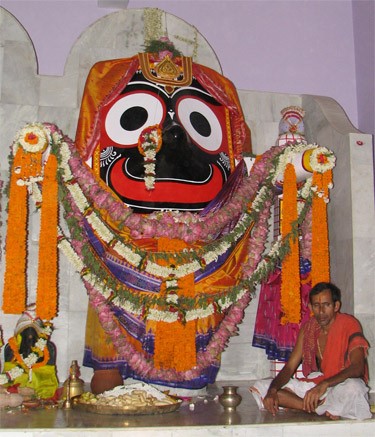
Padma Purāṇa Extract Lord Shiva said “My dear Pārvatī, now I will relate to you the glories of the Eleventh Chapter of Śrīmad Bhagavad-gītā. It is not possible to tell it’s full glories, as there are thousands of stories, I will relate one of them only. On the banks of the Pranita river is a large town of the name Megankara in which is the famous temple of Jagat Iśvara (Jagannāth). Jagat Iśvara is holding in His hand a bow. In that town of Megankara, there was a pure brāhmaṇa of the name Sunanda, who remained a brahmacārya his whole life. Sunanda would sit in front of Lord Jagat Iśvara and recite the Eleventh Chapter of the Śrīmad Bhagavad-gītā and remember the Universal Form of the Lord. By reciting that Eleventh Chapter of Śrīmad Bhagavad-gītā, he gained complete control over his senses and was able to remember Lord Jagat-Iśvara continuously. Once that pure brahmana Sunanda went on a tour of the holy places on the banks of the Godavari River. He visited all the sacred places, starting with Vraja-Tirtha. In all the holy places he visited, he bathed, and took darshan of the presiding deity. One day he reached the town of Vivian Mandela. Along with his associates he searched for a place to stay and eventually in the middle of that town they found a dharmashala, where they all took rest for the night. When Sunanda woke up in the morning he found that all his associates had left. While searching for them, he met the headman of the town, who immediately fell at his feet and said, “Oh great sage, I cannot say where your associates have gone, but I can tell you that there is no devotee equal to you. I have never seen anyone as pure as you. Oh, my dear brahmana, I am begging you to stay in this town.” When Sunanda heard the humble request of the headman of the town, he decided to stay for some days. That headman made every arrangement for the comfortable stay of Sunanda and engaged in his service day and night. After eight days had passed, one villager came before Sunanda, crying very loudly and said, “Oh pure Brahmana, last night one rākṣasa ate my son,” Sunanda inquired, “Where does that rākṣasa stay? And how did he eat your son?” The villager replied, “In this town one very frightful rākṣasa lives, who every day was eating villagers as and when he pleased. One day, we all went to that rākṣasa and requested him to protect us, in return for which we would provide him with his daily food. One dharmashala was built, and any travelers who came here were sent there to stay and while they were sleeping the rākṣasa would eat them, In this way we have been able to protect ourselves from this rākṣasa. You, along with your associates, stayed at that dharmashala, but that rākṣasa did not eat you along with everyone else. The reason I will tell you. Last night a friend of my son came but I did not realize that he was a very close and dear friend of my son, so I sent him to stay in dharmashala. Later when my son found out, he went after him to try and bring him back from the dharmashala but when he went there, he was also eaten by that rākṣasa. Today, in the morning, I went to that rākṣasa and asked him, why he had eaten my son along with the other travelers. I also requested him, if there was any way, I could get back my son. That rākṣasa told me, “I did not know that your son had also entered the dharmashala, thus he was eaten with everyone else. As far as getting him back that will be possible when I am freed from this rākṣasa body which will be possible by the mercy of a person who recites the Eleventh Chapter of Śrīmad Bhagavad-gītā daily. Right now, there is one brāhmaṇa staying in this town, who had stayed at this dharmashala, but I had not eaten him, because he daily recites the Eleventh Chapter of Śrīmad Bhagavad-gītā. If He daily recites the Eleventh Chapter of Śrīmad Bhagavad-gītā seven times then sprinkles water on me, then I will be able to get free from the curse of this rākṣasa body”. Sunanda inquired, from that villager, “What sin did this person perform to attain a rākṣasa body?” The villager replied, ‘Long ago there had been a farmer living in this town. One day he was guarding the fields when, just a little distance away from him, one large vulture attacked a person, who was traveling on the road. At that time, one yogi was passing by and when he saw that person being attacked by that vulture he came running to his aid but when he reached him, it was too late. Then that yogi became very angry with the farmer and spoke to him as follows, “One who sees others in danger from thieves, snakes, fire, attack by weapons etc., and even though he is capable of helping them, but does not come to help, is punished by Yamarāja. After suffering in hell for a very long time, he takes birth as a wolf. And one, who helps someone in need of help, certainly pleases Lord Vishnu. One, who attempts to save a cow from the hands of a ferocious animal, a low-class man or a wicked ruler, attains Lord Vishnu. Wicked farmer, you saw that vulture attacking that person but still you made no attempt to save him. Now I curse you to take birth as a rākṣasa.” The Farmer said, “I was watching the fields for the whole night and I am very tired, so kindly be merciful to me, oh, gentle sage.” The yogi replied, “When someone, who is daily reciting the Eleventh Chapter of Śrīmad Bhagavad-gītā, sprinkles water on your head, then you will […]
- Sixteen Ascendants
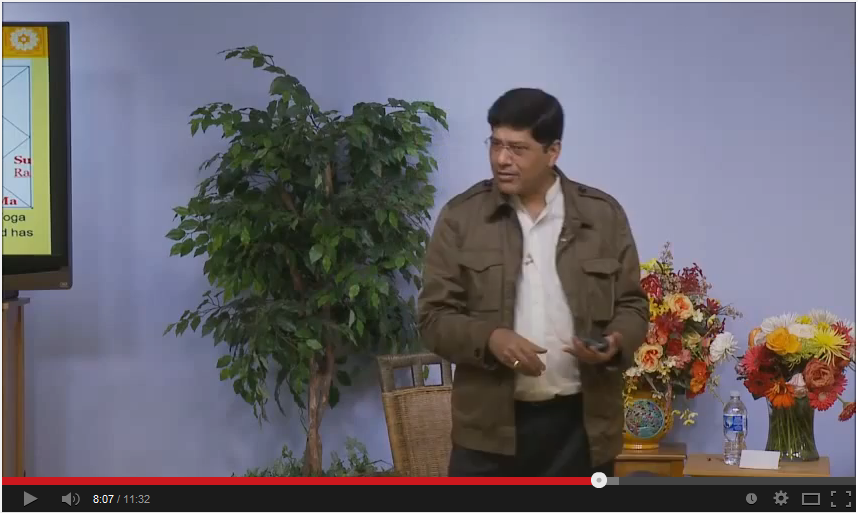
Study the effect of the Lagna in the sixteen divisions. What is the implication of the Lagna being in a malefic sign like Aquarius or Scorpio How do some aspects of life always cause trouble? Study the implications of the Lagna and realise that this holds the key to the divisional chart
